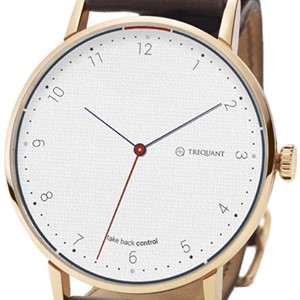On September 22, I visited the University of Florida. I was taken on a tour of several offices on the campus.
The Movement Disorder Center there is outstanding. It takes a holistic approach to the treatment of ET that involves occupational therapy, physical therapy, etc. The facilities and staff are excellent. If you live in Florida, southern Alabama or southern Georgia, I recommend you consider taking a trip to Gainesville & going to the Center.
While speaking with several members of the staff, they told me about a study they are conducting involving use of an ice pack on the forearm. So I said that I’d like to try it. They had me draw a series of straight horizontal lines and four spirals. My tremor was very obvious, They then put the icepack on my forearm and left it for 10 minutes. After removing it, they had me repeat drawing the lines and spirals. The lines were almost completely straight, and there was a big improvement in the spirals. I was honestly amazed.
Peter
Want to try it yourself? Here’s how.
In the line drawing test, subjects are asked to draw at least 10 lines with five of these horizontal lines touching the vertical lines at either side of the page within 20 seconds. The score on writing speed is calculated from the amount of time taken by the subject to complete the copying of one of four sentences. Writing legibility is determined by the number of illegible letters totaled in the writing sample. Letters are considered illegible if the subject omits a letter, is unable or refuses to write a letter, erases the same letter twice, or writes an unreadable letter.
The Functional Dexterity Test (FDT) is a timed measure of manual dexterity that involves turning sixteen wooden pegs over and reinserting them into the pegboard. This test was constructed over a 20-year period and the intrarater reliability has been shown to be excellent (ICC = 0.91) 16. The examiner uses a stopwatch to record the time in seconds that it takes for the patient to turn over all the pegs on the board with one hand. A 5-second penalty is added each time if the patient supinates or touches the board for assistance or if a patient drops a peg. Two scores are obtained: (1) time, in seconds, to complete the test and (2) combined total time with penalty seconds added to the initial time. If the patient exceeds 55 seconds, he or she receives a non-functional rating. The test is stopped after 2 minutes so that progress within the nonfunctional range still can be measured.
Note: If you are having trouble viewing the text below scroll to the bottom and click the + sign beside the zoom menu. Or you can download the pdf.
ETcooling-MDS-abstract-2014-final



